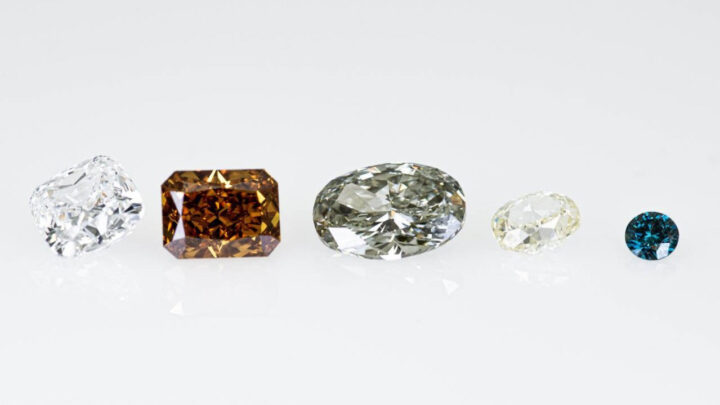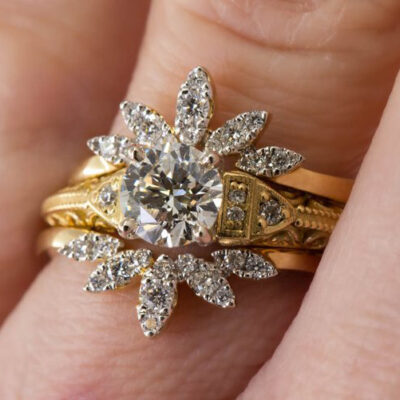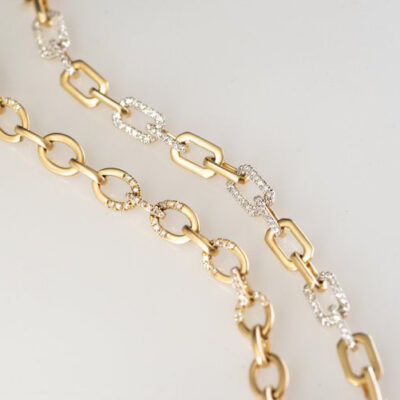
In 2004, Harvard-Smithsonian Center for Astrophysics named a dwarf star Lucy after the famous Beatles song. The star is 4000km or 2500 miles wide, which is about 2/3 the size of Earth. It is composed completely of crystallized carbon (also known as diamond) making it the largest natural diamond ever seen. It shines so brightly you can see it 50 light-years away from Earth! It’s equivalent to 10 billion trillion trillion carats. (No, you didn’t read that wrong!) Lucy can best be seen from the Southern Hemisphere with a telescope between March and June. As it turns out, Lucy really is in the sky with diamonds!
Fun Facts about diamond:
- April’s birthstone in both Western and Eastern cultures (and the anniversary stone for the 10th, 30th, 60th, 65th, 75th…really, there’s never a bad time to celebrate with diamonds!)
- Gemological Institute of America (GIA) created an international diamond grading system in1953 that classifies diamonds based on color, carat, clarity, and cut.
- Chemical composition is crystallized carbon.
- Typically yellow, brown or grey to colorless. Rare but possible as blue, green, black, pink, violet, orange, purple, red, and translucent white.
- Named for the Greek word adámas meaning “unbreakable”.
- Octahedral crystal structure.
- Can be lab-grown and maintains the same chemical, physical and optical structures. Both lab grown and natural diamonds are true diamonds. Lab grown diamonds just grow at a much faster rate.
- Natural diamonds are almost as old as the Earth and take billions of years to form 100 to 500 miles below the surface. They are carried to the surface by volcanic eruptions and igneous rocks.
- Hardness level 10 – highest hardness and thermal conductivity of any stone.
- can be cleaned with warm, soapy water and a soft toothbrush. Can also be professionally cleaned in an ultra-sonic cleaner.
- Symbolic of love and known as The Stone of Love.
- Promotes deep emotion, protection, problem-solving, and power of self.
- Major sources are found in Russia, Canada, South Africa (and many countries in the southern half of Africa), and Australia.
- Chemical formula: C (crystallized carbon)
- Sources: GIA.edu, AmericanGemSociety.org, Wikipedia.org



